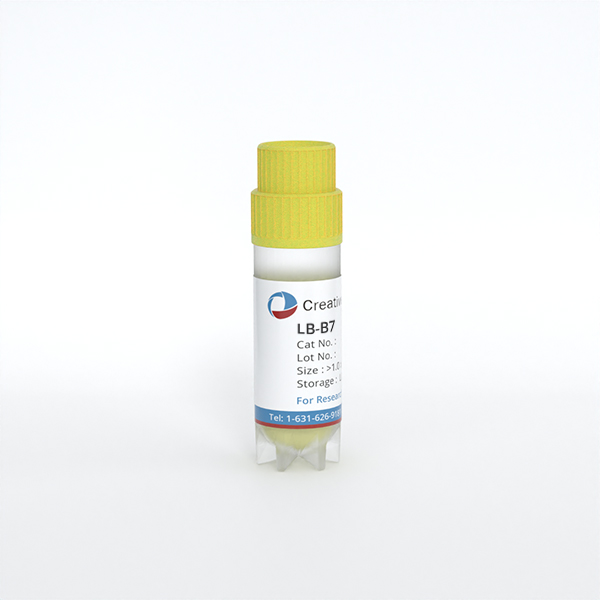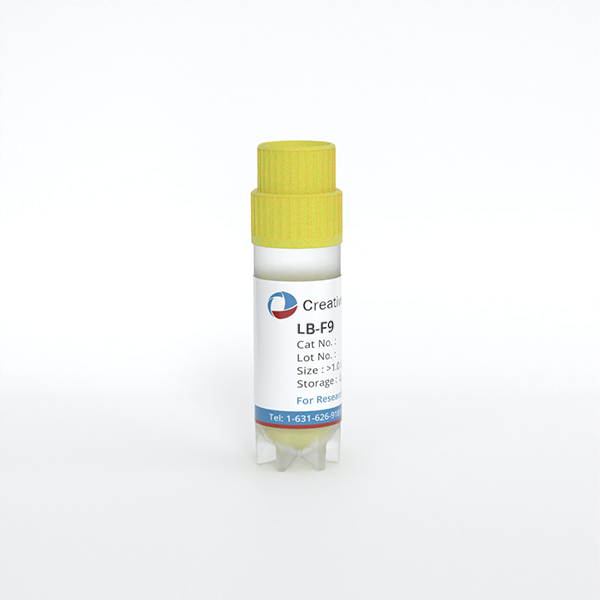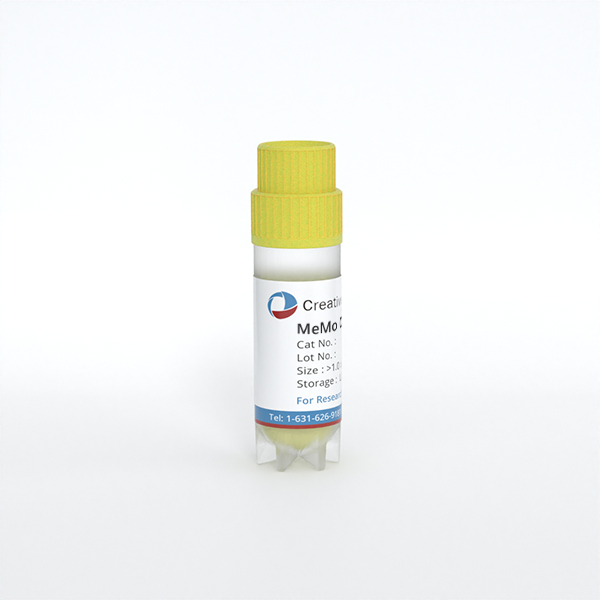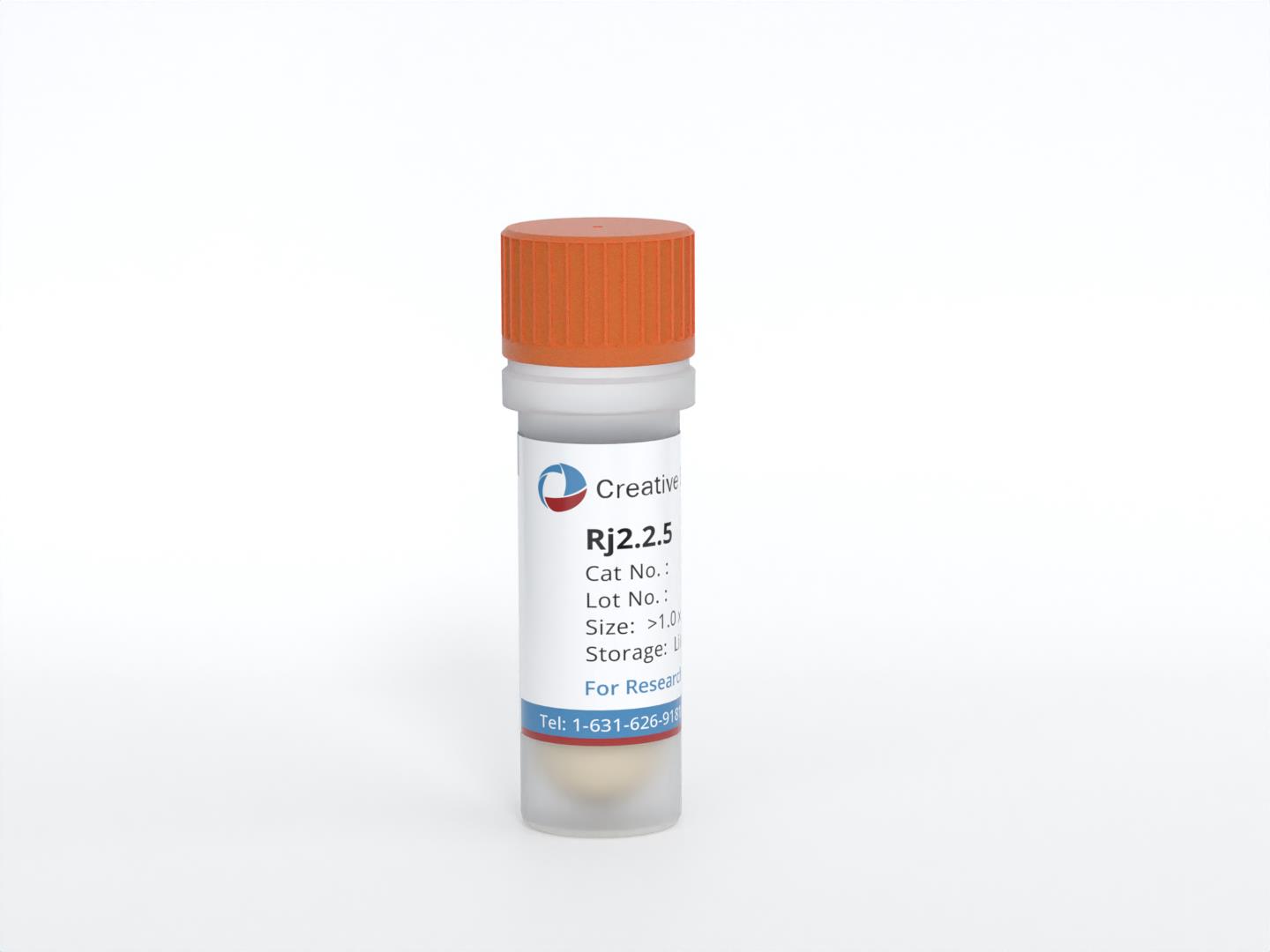Featured Products
Our Promise to You
Guaranteed product quality, expert customer support

ONLINE INQUIRY
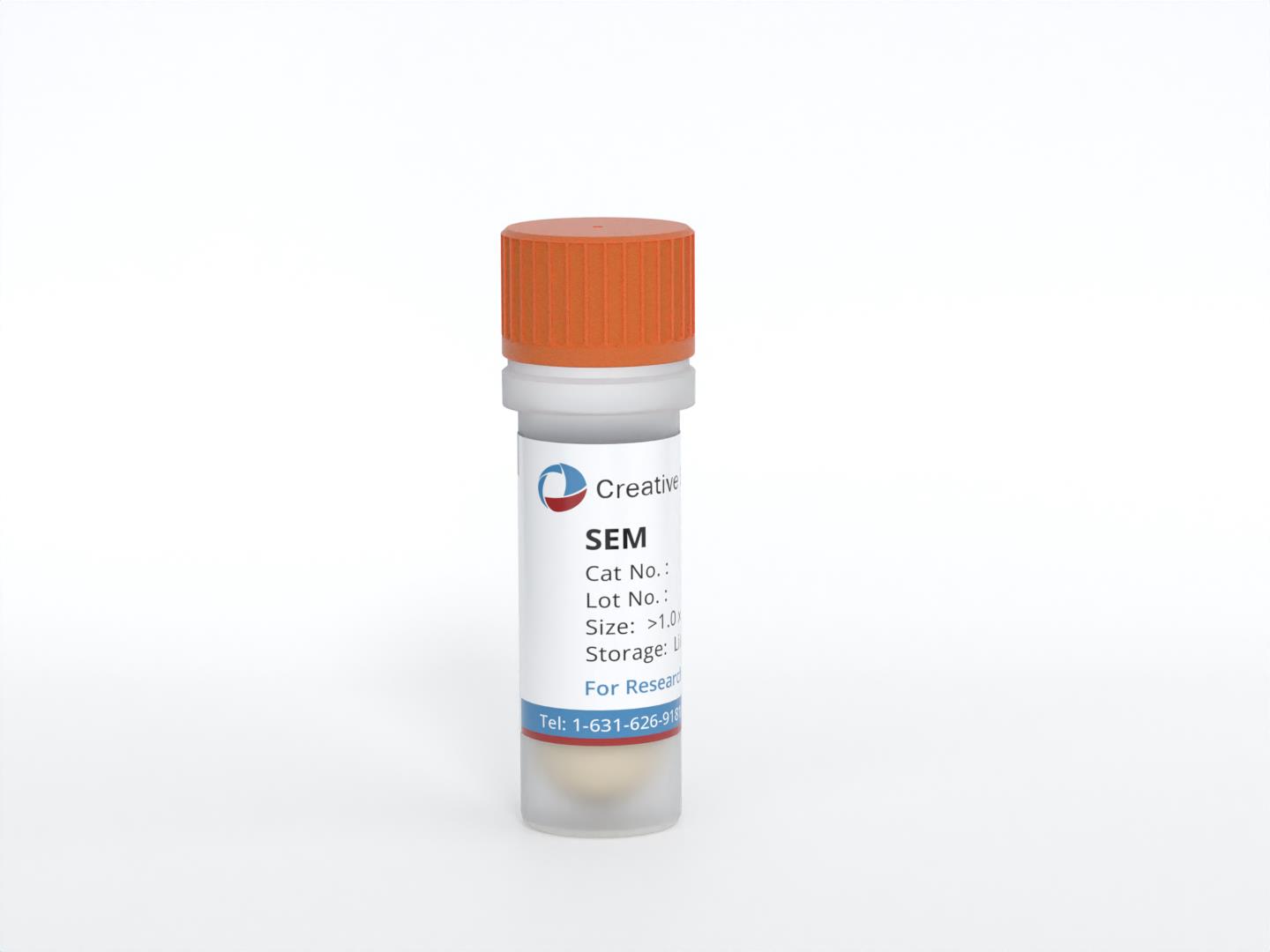
SEM
Cat.No.: CSC-C0554
Species: Human
Source: B cell precursor leukemia
Morphology: round to polygonal single rather small cells in suspension
Culture Properties: suspension
- Specification
- Background
- Scientific Data
- Q & A
- Customer Review
Immunology: CD3-, CD4-, CD11b-, CD13+, CD14-, CD15+, CD19+, CD33+, CD34-, cyCD68-, HLA-DR+, sm/cyIgG-, sm/cyIgM-, sm/cykappa-, sm/cylamda-
Viruses: PCR: EBV -, HBV -, HCV -, HIV -, HTLV-I/II -, S
The establishment of the SEM cell line in 1990 provided researchers with a valuable in vitro model system to investigate the unique biology and molecular pathogenesis of this specific subtype of acute lymphoblastic leukemia (ALL). Before the availability of the SEM cell line, researchers had limited access to primary samples from patients with the t(4;11) translocation, which hindered the progress of research in this area.
By utilizing the SEM cell line, researchers have been able to elucidate the underlying mechanisms by which the MLL-AFF1 fusion protein drives leukemogenesis, including its effects on gene expression, epigenetic regulation, and cellular signaling pathways. This knowledge has been crucial for the development of targeted therapies and personalized treatment approaches for patients with MLL-rearranged ALL.
Furthermore, the SEM cell line has been extensively characterized, with its genomic, transcriptomic, and proteomic profiles being well-documented. This comprehensive characterization has allowed researchers to identify potential therapeutic targets and test the efficacy of various drug candidates in a clinically relevant in vitro model system.
The ALL Cell Line SEM With t(4;11) Chromosomal Rearrangement
A cell line, designated SEM, was established from the peripheral blood of a 5-year-old girl in relapse with t(4;11) ALL. During the first 8 months of culture, SK-HEP-1 hepatoma culture supernatant appeared necessary for the growth of SEM cells. During the first 8 months of culture, the doubling time of SEM cells was 7-10 d. After this period, the growth of SEM cells increased and the cell doubling time was approximately 48 h. Then SK-HEP-1 culture supernatant was omitted from the culture medium. The cell line has been propagated for more than 2 years in IMDM containing 10% FCS. SEM cell line was growing as single cell suspension and was found to be free of mycoplasma contamination and Epstein-Barr virus nuclear antigen.
SEM cells showed a lymphoblastic morphology with cell nuclei exhibiting one or more prominent nucleoli. Cells were pleomorphic in size and had cytoplasmic vacuolations (Fig. 1). Cytochemical staining of SEM cells revealed negativity for peroxidase. Sudan black, non-specific esterase activity and PAS reaction following staining results of the lymphoblasts of the patient. SEM cells were positive for TdT activity. Cytogenetic analysis of the SEM cell line was performed 5 and 10 months after the beginning of the culture. A t(4;11)(q21;q23), deletion of the short arm of chromosome 7 del(7)(p15), and deletion of the long arm of chromosome 13 del(13)(q12) were found as clonal karyotypic abnormalities (Fig. 2). Cytogenetic analysis of the leukemic cells from the patient's peripheral blood revealed identical cytogenetic abnormalities.
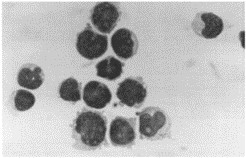 Fig. 1 Photomicrograph of SEM cells stained with Pappenheim's stain. (Greil J, et al., 1994)
Fig. 1 Photomicrograph of SEM cells stained with Pappenheim's stain. (Greil J, et al., 1994)
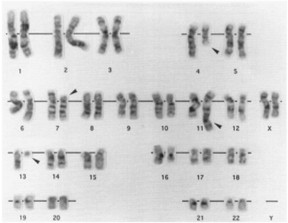 Fig. 2 A representative karyotype of SEM cell line after GTG banding. (Greil J, et al., 1994)
Fig. 2 A representative karyotype of SEM cell line after GTG banding. (Greil J, et al., 1994)
Pathologists use the term isolated tumour cells (ITCs) to describe a small group of tumour cells found in a lymph node. To meet this definition, the group of tumour cells usually has to be less than 200 total cells or smaller than 0.2 mm.
The SEM cell line is characterized by the presence of the MLL-AFF1 fusion gene, which is a hallmark of a specific and aggressive subtype of ALL. This cell line exhibits the phenotypic and morphological features of immature lymphoid cells, typical of the leukemic blasts found in patients with MLL-rearranged ALL.
The SEM cell line provides a valuable in vitro model system for investigating the molecular mechanisms underlying the pathogenesis of MLL-rearranged ALL. Researchers can use this cell line to study the effects of the MLL-AFF1 fusion protein on gene expression, epigenetic regulation, cellular signaling pathways, and drug sensitivity.
The SEM cell line is widely used in preclinical research to evaluate the efficacy and mechanisms of action of novel therapeutic agents targeting MLL-rearranged ALL. It also serves as a platform for developing and testing new treatment strategies, such as targeted therapies and immunotherapies, for this aggressive subtype of the disease.
Ask a Question
Average Rating: 5.0 | 3 Scientist has reviewed this product
Satisfied
The staff at Creative Bioarray provided me with excellent customer service, and I am very satisfied with the quality of the cells I received.
11 Aug 2022
Ease of use
After sales services
Value for money
Expected features
The SEM cell line from Creative Bioarray has met all of my expectations. The cells have consistently exhibited the expected morphological and genetic features, which is critical for the validity and reliability of my findings.
17 Feb 2024
Ease of use
After sales services
Value for money
Satisfied
I am highly satisfied with the overall experience and the quality of the SEM products from Creative Bioarray.
21 May 2024
Ease of use
After sales services
Value for money
Write your own review
- You May Also Need


